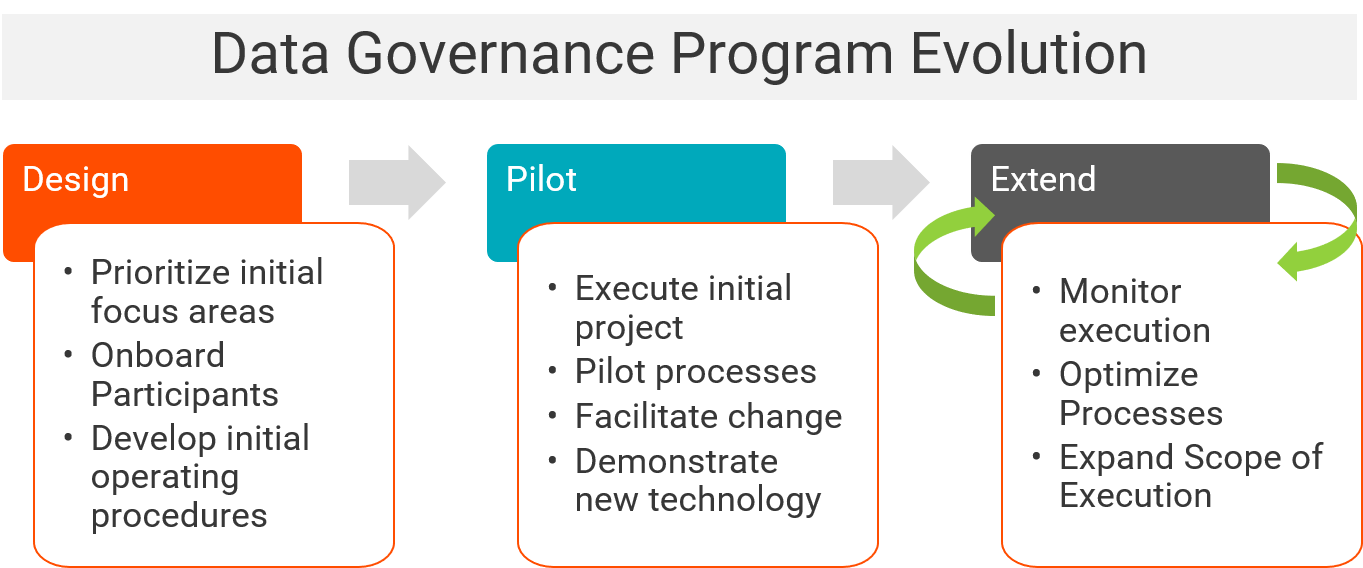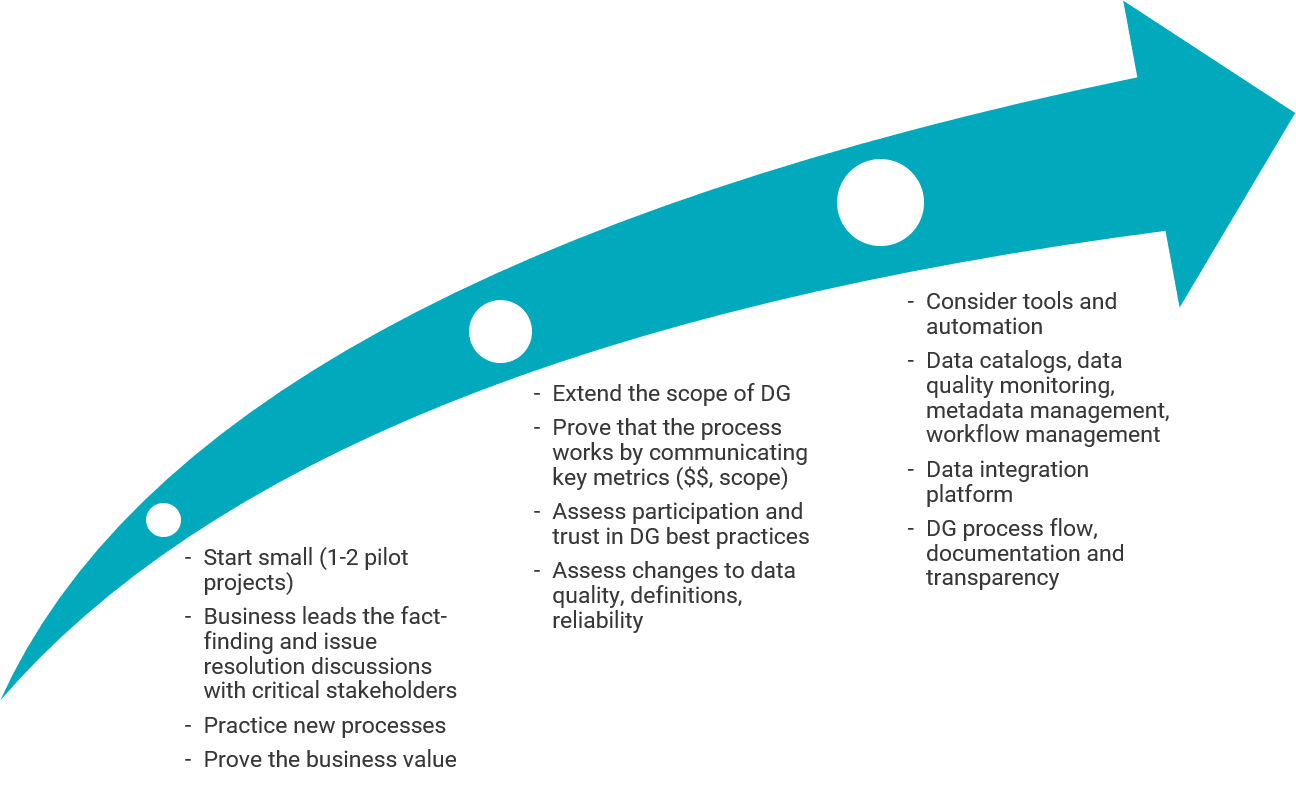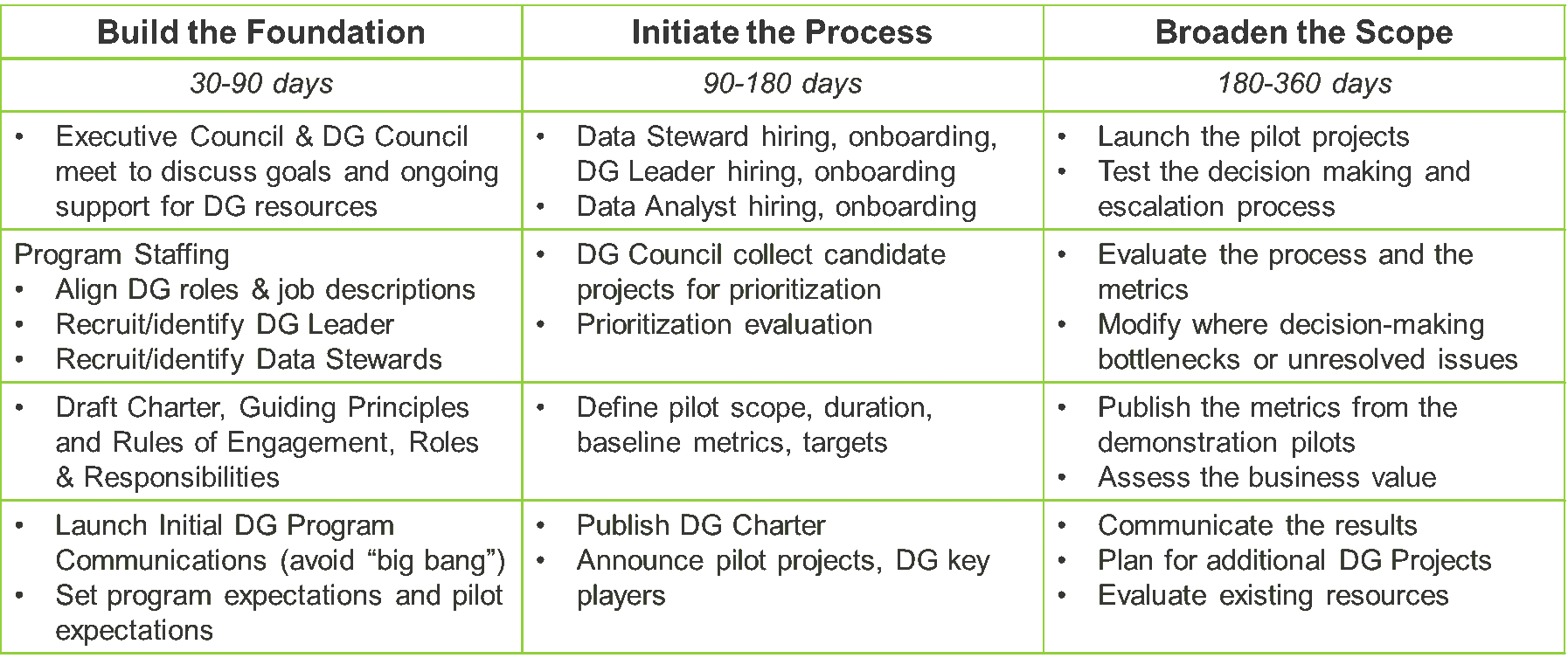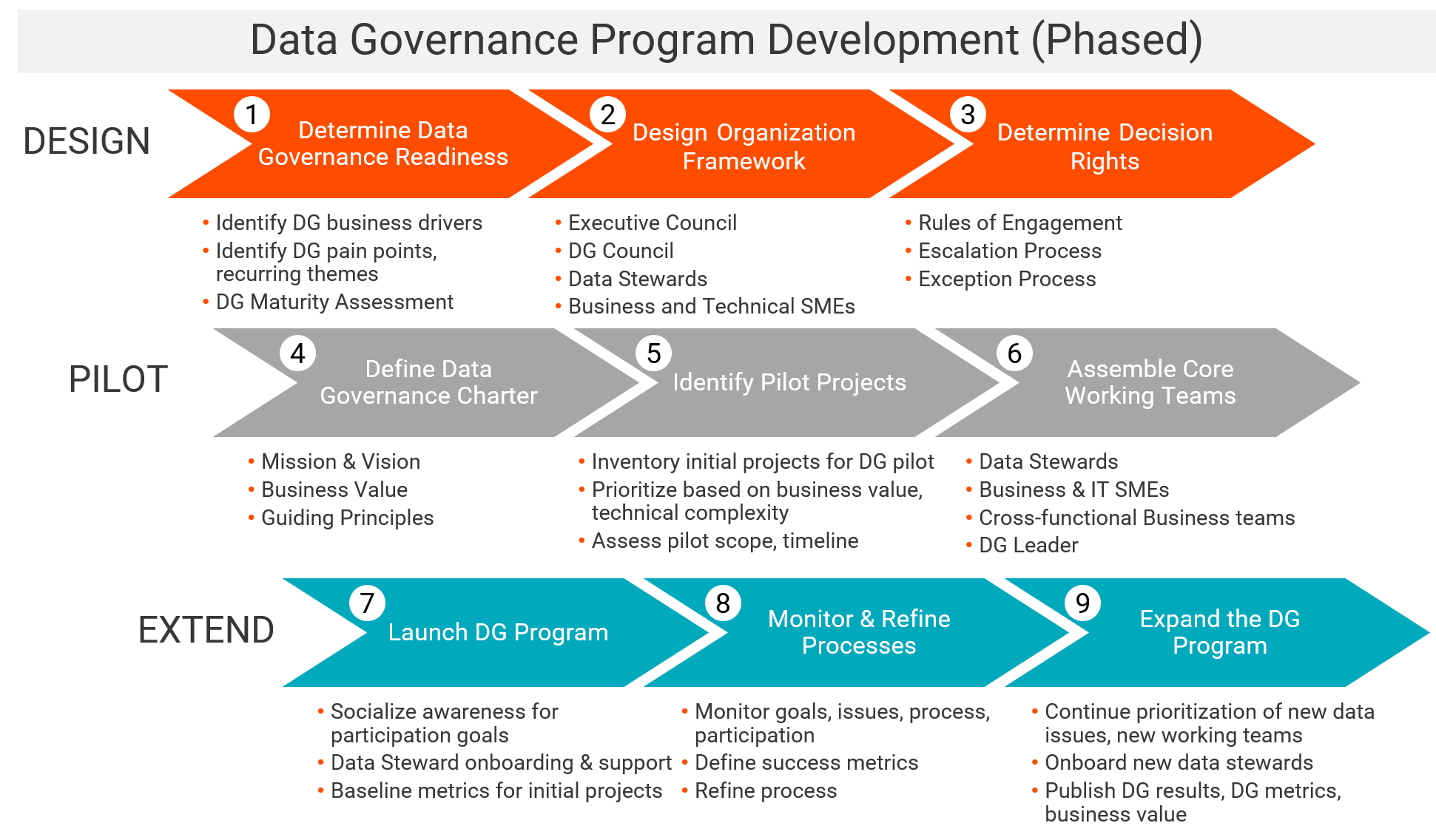-
Success
Manage your Success Plans and Engagements, gain key insights into your implementation journey, and collaborate with your CSMsSuccessAccelerate your Purchase to Value engaging with Informatica Architects for Customer SuccessAll your Engagements at one place
-
Communities
A collaborative platform to connect and grow with like-minded Informaticans across the globeCommunitiesConnect and collaborate with Informatica experts and championsHave a question? Start a Discussion and get immediate answers you are looking forCustomer-organized groups that meet online and in-person. Join today to network, share ideas, and get tips on how to get the most out of Informatica
-
Knowledge Center
Troubleshooting documents, product guides, how to videos, best practices, and moreKnowledge CenterOne-stop self-service portal for solutions, FAQs, Whitepapers, How Tos, Videos, and moreVideo channel for step-by-step instructions to use our products, best practices, troubleshooting tips, and much moreInformation library of the latest product documentsBest practices and use cases from the Implementation team
-
Learn
Rich resources to help you leverage full capabilities of our productsLearnRole-based training programs for the best ROIGet certified on Informatica products. Free, Foundation, or ProfessionalFree and unlimited modules based on your expertise level and journeySelf-guided, intuitive experience platform for outcome-focused product capabilities and use cases
-
Resources
Library of content to help you leverage the best of Informatica productsResourcesMost popular webinars on product architecture, best practices, and moreProduct Availability Matrix statements of Informatica productsMonthly support newsletterInformatica Support Guide and Statements, Quick Start Guides, and Cloud Product Description ScheduleEnd of Life statements of Informatica products
- Velocity
- Strategy
-
Solutions
-
Stages
Following a rigorous methodology is key to delivering customer satisfaction and expanding analytics use cases across the business.

-
More
-
Success
Manage your Success Plans and Engagements, gain key insights into your implementation journey, and collaborate with your CSMsAccelerate your Purchase to Value engaging with Informatica Architects for Customer SuccessAll your Engagements at one place
-
Communities
A collaborative platform to connect and grow with like-minded Informaticans across the globeConnect and collaborate with Informatica experts and championsHave a question? Start a Discussion and get immediate answers you are looking forCustomer-organized groups that meet online and in-person. Join today to network, share ideas, and get tips on how to get the most out of Informatica
-
Knowledge Center
Troubleshooting documents, product guides, how to videos, best practices, and moreOne-stop self-service portal for solutions, FAQs, Whitepapers, How Tos, Videos, and moreVideo channel for step-by-step instructions to use our products, best practices, troubleshooting tips, and much moreInformation library of the latest product documentsBest practices and use cases from the Implementation team
-
Learn
Rich resources to help you leverage full capabilities of our productsRole-based training programs for the best ROIGet certified on Informatica products. Free, Foundation, or ProfessionalFree and unlimited modules based on your expertise level and journeySelf-guided, intuitive experience platform for outcome-focused product capabilities and use cases
-
Resources
Library of content to help you leverage the best of Informatica productsMost popular webinars on product architecture, best practices, and moreProduct Availability Matrix statements of Informatica productsMonthly support newsletterInformatica Support Guide and Statements, Quick Start Guides, and Cloud Product Description ScheduleEnd of Life statements of Informatica products
-
Success
Data Governance & Privacy Roadmap
Data Governance & Privacy
Data Governance (DG) tools and techniques are constantly evolving. DG is not confined to simply building glossaries and allocating tasks to data stewards. To deliver value, a DG program must seek to create widespread understanding of shared data and enable collaboration across many disciplines.
One of the keys to building a successful DG&C program is to establish a deliberate, planned approach. First, the fundamental groundwork needs to be laid, people need to be informed and trained and decision-making processes need to be designed. The goal is to design an approach that you can build upon incrementally as the organization develops a level of acceptance and comfort with new decision-making processes around DG&C. The approach follows these three main stages:

Organizations intrinsically understand the importance of DG&C. The challenge is how to begin. DG&C taken holistically is the set of practices that protect the security and privacy of data, ensure that the organization is complying with industry regulations, as well as practices that promote the shared value of data assets. A DG&C program will promote democratization of data assets and empower a new class of data consumers who need to make smarter business decisions.
Many organizational and cultural obstacles lie in the way. First, there may be a lack of shared understanding of what data exists in the organization: Who is using what data? What state is it in? What business purpose does it need to be aligned to? Second, lack of an integrated view leads to many isolated views and interpretations. Both types of obstacles interfere with data re-use, alignment, and continuous quality improvement.
Developing a fully mature DG&C program can take years, and many organizations struggle with pulling together the tactical and business resources that define a robust program. There are many things that need to develop simultaneously. For example, communicating the intent and the goals of DG&C needs to happen to create awareness of the program, while onboarding new Data Stewards and enlisting Data Owners. The DG&C leaders need to identify the desired business outcomes that data will inform while also designing metrics that will demonstrate business value. Metadata and data quality management capabilities need to be developed so that Data Stewards have the means to store definitions and data quality rules. Pulling all these activities together to form a solid program foundation is often the most demanding—but rewarding--part of launching a DG&C program.
In addition, obtaining executive sponsorship and funding for a ‘vision’ before demonstrating actual business value is usually a leap of faith. We talk about ‘top-down’ versus ‘bottom-up’ data governance, meaning either there is a set of over-arching business drivers (customer-centric service, growth by acquisition, regulatory compliance, etc.) that promote the need for enterprise DG&C, or there are a set of local initiatives (marketing models, quality initiatives, predictive analytics, etc.) that beg to be resolved and will demonstrate the power of DG&C at the local level.
Regardless of the origins for the need for DG&C, the approach will be incremental. Successful programs will tackle one or two tightly scoped projects to test out new responsibilities (stewardship, ownership, policy development, etc.) and build on those experiences. Modifications to processes will be encouraged until they are refined and adopted as a day-to-day means of doing business.

A ‘best practice’ in data governance is to build the program foundation—organizational structure, roles and responsibilities, workflows, working teams, approval structure, etc.—before investing in tools. The reason for this is that tools can’t automate decision-making. They can expose the current state, provide visibility into data lineage, metadata definitions, data quality status, etc., but they cannot substitute for the business wisdom that determines what types of policies need to be developed. Are the current standards reflective of actual business practice? Are the data quality parameters and rules sufficient to provide reliable, trustworthy results? Only the day-to-day users of the data in a business context can answer these questions.
An example of a DG&C roadmap looks like:

Organizations rarely appreciate how much time needs to be invested in aligning with the business drivers and identifying the individuals who will assume data steward, DG manager, communications manager and SME roles. It is imperative that before launching the DG&C activities, involved parties are clear on their responsibilities, have some training on the new DG&C workflows and expectations, and that the executive sponsors articulate to the larger organization the purpose of their DG&C investment.
An example of a more detailed roadmap is shown below. This roadmap details the activities that should be addressed during the Design, Pilot and Extend phases of the DG&C development.

As you embark on your DG&C journey, take the time to think carefully about planning your rollout strategy. There are many elements of organizational change that need to be addressed as this new program takes hold.
Organizations should think of governance not as a rigid hierarchy, but rather as a set of interconnected communities that share local knowledge and enhance business value through collaboration.
Communicate early and often with your business and technical stakeholders to enlist their engagement. Introduce tools at the point where the DG&C organization has the resources and the bandwidth to feed existing DG&C collateral into those tools. For example, glossary definitions, data lineage, DG&C roles and decision-making workflows will need to be designed before tools can ingest them. And make sure that your DG&C efforts address real business problems so that you can demonstrate actual business value. Whether it’s to meet business objectives of more accurate analytics, operational efficiencies, increased revenues or regulatory compliance, a well-planned program will help you realize the value of better managing transparency, risk, security and collaboration.
